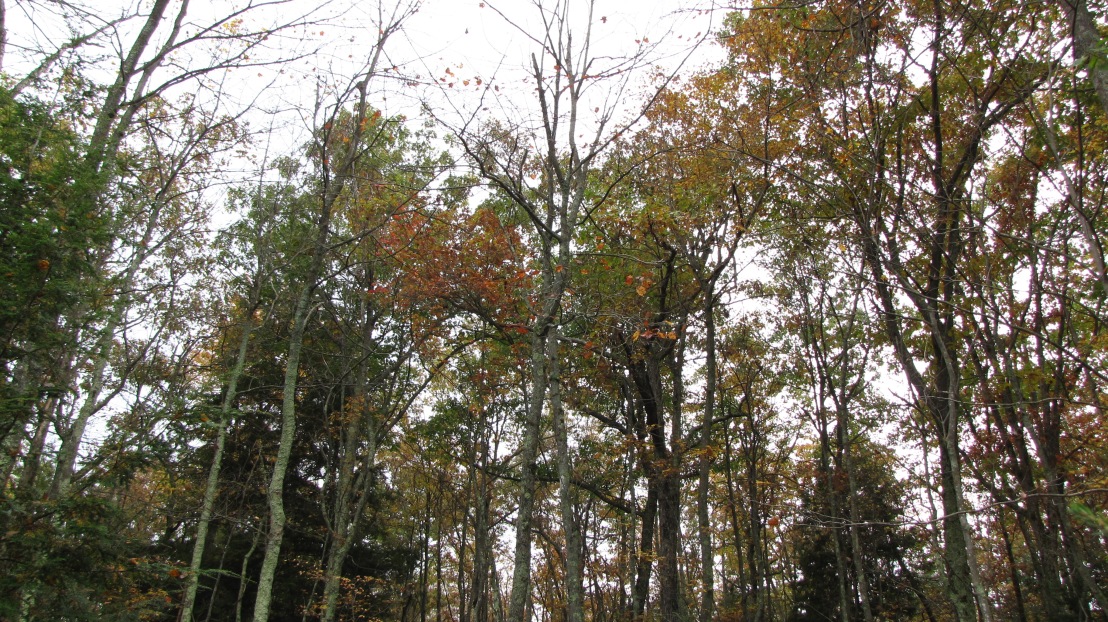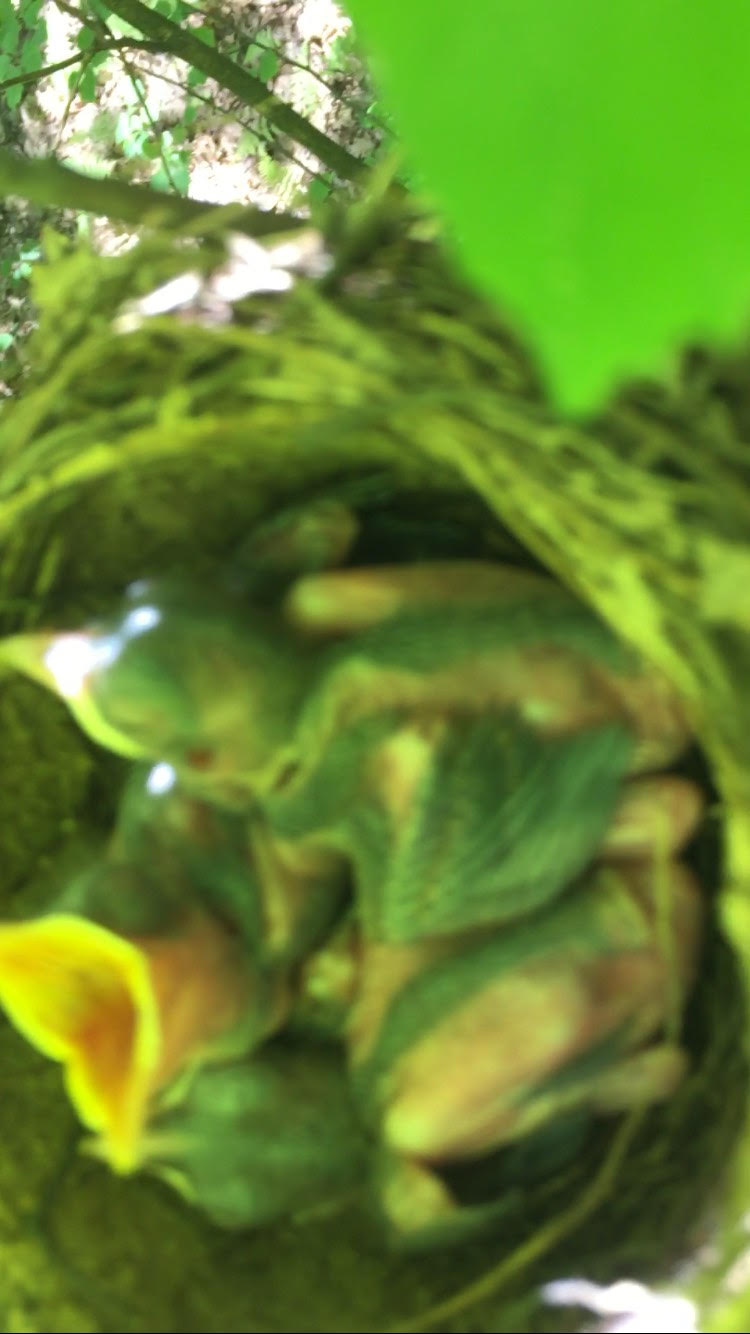The Sutherland & colleagues article is an interesting paper that is a “horizon scan” of conservation issues that are likely to become increasingly important. After I read this paper, I realized that this is an ongoing series that gets regularly updated so I’ll find the latest and review that as well. The 2010 paper is
They sent out surveys to conservation biologists and put together the top topics. They were:
- microplastic pollution – only 5% of plastics are “recovered” – does that mean recycled? Either way, that’s depressing
- nanosilver in wastewater – I never heard of this but nanosilver particles are used extensively in manufacturing and can eventually end up in aquatic invertebrates where there is some evidence of causing deformities
- synthetic meat – bacteria can be used to produce meat fibers (assuming that’s actin and myosin – not sure about myoglobin). This will be a conservation that if cattle and pigs are replaced by synthetic meats. Thing is, you still need to feed bacteria. There is no free beef lunch. Maybe the efficiency of bacteria are better and that would reduce cropland
- artificial life – this is not killer robots but synthetic microbes and the worry is their effect when released into the environment
- stratospheric aerosols – these particles have a cooling effect on climate and might be used to offset global warming. Problem is they also cause acid rain and, combined with increasing carbonic acid in oceans, will cause problems in the oceans
- biochar – is charcoal that’s placed into the soil. The carbon footprint and effects on soil has not been well studies despite the expansion of the use
- mobile-sensing technology – we will be able to understand much more about organisms and the environment with all the apps available but will take some organizing
- deoxygenation of the oceans – I think this one is obvious why this is a problem
- changes in denitrifying bacteria – we’re putting nitrogen into the oceans and it is changing the nitrogen cycle and often in counter-intuitive ways. Given everything starts with nutrients in the ocean, this one concerns me the most
- high latitude volcanism – this was news to me – there’s lots of volcanic activity (not necessarily volcanoes) around the poles and as we remove the overlaying ice and snow the gases released will likely affect climate
- invasive lionfish – holy cow, they report that lionfish remove up to 80% of coral fishes where they are introduced. Ugh. I saw two in Belize while snorkeling (see photo below) and this was the only species that was allowed to be hunted in the marine sanctuary and for good reason.
- opening of the Arctic – as the ice retreats in the Arctic more organisms will be able to move across continents
- assisted colonization – there are now several cases of humans moving organisms towards the poles to help them adjust to climate change but the effect of these introductions may not be and cannot be fully understood
- sacrificing nonforest biomes – the UN is promoting the preservation of forests to mitigate climate change but perhaps at the expense of other sensitive and ecologically important biomes such as mangroves and savannas
- large scale foreign land acquisitions – large plots in Africa and South America are being purchased by foreign agents and locals have little to say about the use of that land
These are some hefty issues for the planet. It will be interesting to see the updates.



